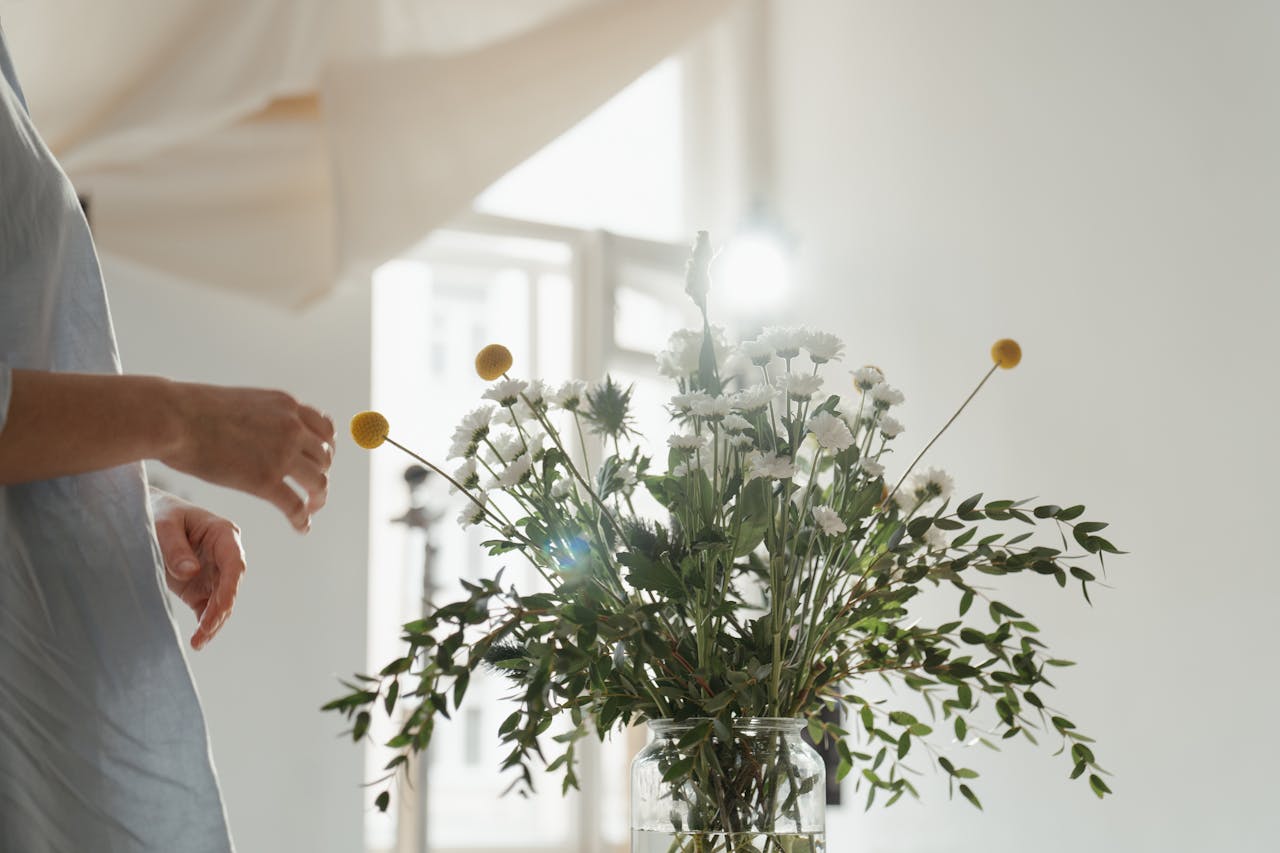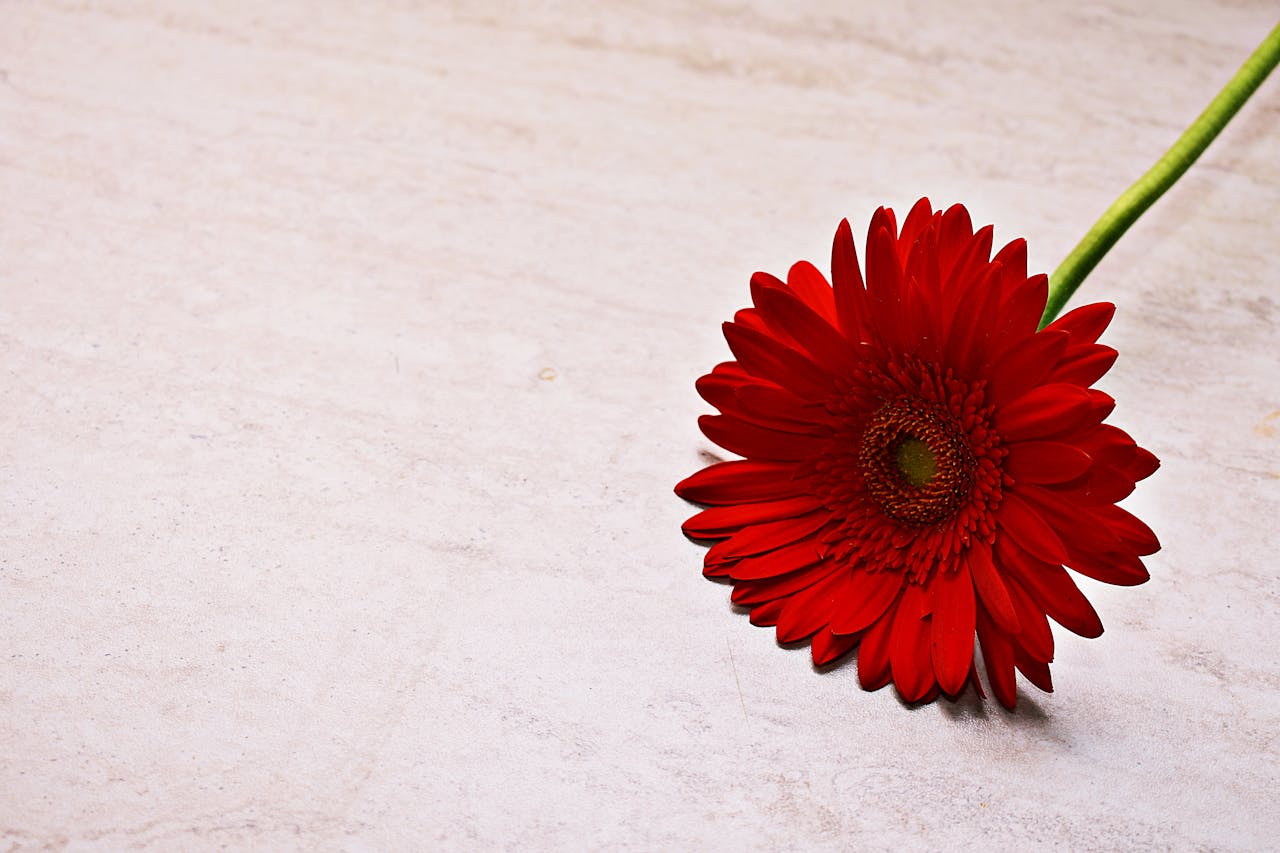Flowers have long held a place of significance in human culture, symbolizing emotions, celebrations, and life’s transitions. One of the most poignant roles flowers play is in the context of grief and healing. Giving and receiving flowers during times of loss is a gesture that transcends words, offering comfort and solace when they are most needed. The therapeutic power of flowers lies in their beauty and ability to convey compassion and support during moments of profound sorrow. In this article, we explore how flowers contribute to the healing process and highlight the best choices for grief support.

Flowers as Symbols of Comfort and Remembrance
Flowers have a unique ability to express emotions that words often fail to capture. During times of grief, the presence of flowers can bring a sense of peace and comfort to those who are mourning. The sight and fragrance of an elegant and subtle flower arrangement can create a soothing atmosphere, offering a respite from the overwhelming feelings of loss. Flowers symbolize life, beauty, and renewal as a gentle reminder of the cycles of nature and the continuity of life.
Certain flowers have specific meanings, particularly suitable for expressing sympathy and support. For instance, lilies are often associated with the restored innocence of the deceased’s soul, while roses convey love and respect. Choosing and arranging flowers thoughtfully for someone grieving is a way of showing empathy and care, helping to ease their pain.
The Healing Power of Flowers
The importance of flowers does not end with their iconography; the feelings they evoke are also significant. Research has even revealed that merely having flowers in the vicinity can have a profound impact on mental health status. They can reduce stress, make people happy, and create a positive outlook. In essence, flowers will mean a lot to grieving people since the last thing they think of is flowers.
However, this is not all; flowers are also good for the human body and can be used to treat different diseases. Flowers are associated with positive feelings and have a healing effect, and engaging in an activity, like arranging flowers or gardening, can provide a calming effect. The natural beauty of flowers as objects is quite simple and essential to human emotions and their healing.
Studies have shown that the presence of flowers can significantly improve mental health. They can reduce stress, lift moods, and create a sense of well-being. For grieving, flowers can provide a much-needed comfort and distraction from their sorrow.
In addition to their psychological benefits, flowers can also play a role in physical healing. Caring for flowers, such as arranging a bouquet or tending to a garden, can be a therapeutic activity that promotes mindfulness and reduces anxiety. The natural beauty of flowers can inspire a sense of calm and tranquillity, which is essential for emotional healing.
Best Flower Choices for Grief Support
Anytime one wants to take flowers to encourage a grieving person, they need to get the perfect flowers with the correct meanings. Here are some of the best choices:
Lilies: As noted before, lilies are the flowers that signify the purity of the regained soul. They are typically incorporated into funeral services and are considered an appropriate way of honouring the dead. This may be because they give off an air of calm and grace, which can help solace to grieving people.
Roses are a trendflower with different shades; each symbolizes a different feeling. The white roses have been chosen because they represent purity and respect for the deceased. The pink roses represent admiration and the woman’s beauty, while the yellow roses symbolize friendship.
Chrysanthemums: Many cultures relate death to many things, and this is why chrysanthemums are used in many funeral arrangements. The colour belongs to honour and loyalty, so it is appropriate to use it to show respect to the deceased person.
Carnations: Carnations are also often used as sympathy flowers. According to symbolism, white carnations symbolize pure or young love, while red carnations symbolize love as admiration. Pink carnations are associated with the tradition of remembering.
Their long-lasting blooms make them a practical choice for memorial services and gravesites, where they can serve as a lasting tribute to the departed. Their resilience and enduring beauty make carnations a symbol of eternal love and remembrance, providing comfort to those left behind.
Orchids: They are often referred to as exotic and delicate. Their meaning is associated with love and beauty that will last forever. Using them to convey sorrow and kindness is wise, as they give a mature and classy touch.
Orchids, with their intricate and graceful blooms, are a thoughtful choice for expressing sympathy. Their enduring nature and stunning appearance symbolize the everlasting impact of a loved one’s life. Gifting orchids can bring a sense of elegance and timeless beauty, offering a message of eternal love and remembrance.
Hydrangeas: Hydrangeas symbolize heartfelt emotions and are known for their lush and abundant blooms. They can create a comforting and nurturing atmosphere, providing a sense of warmth and care. Hydrangeas are ideal for expressing heartfelt sentiments and are characterized by abundant and whole blossoms.
They can bring about a feeling of warmth and care to the participants and thus provide a comforting environment. Their presence can turn a sad space into one filled with gentle beauty and hope, helping mourners find solace in their grief.
Conclusion

To this end, flowers are crucial to healing and grief support. Flowers’ aesthetic and semiotic characteristics and ability to express emotions and provide consolation make them a valuable asset in the mourning process. We now know that with the proper selection of flowers and careful placement of the floral arrangements, we can convey our condolences and bring solace and comfort to the bereaved. Whether a small stem or a beautiful bouquet, the sight of flowers can alleviate sorrow and remind us that life goes on with all its blooming splendour.
DISCLOSURE – This is a collaborative post.




